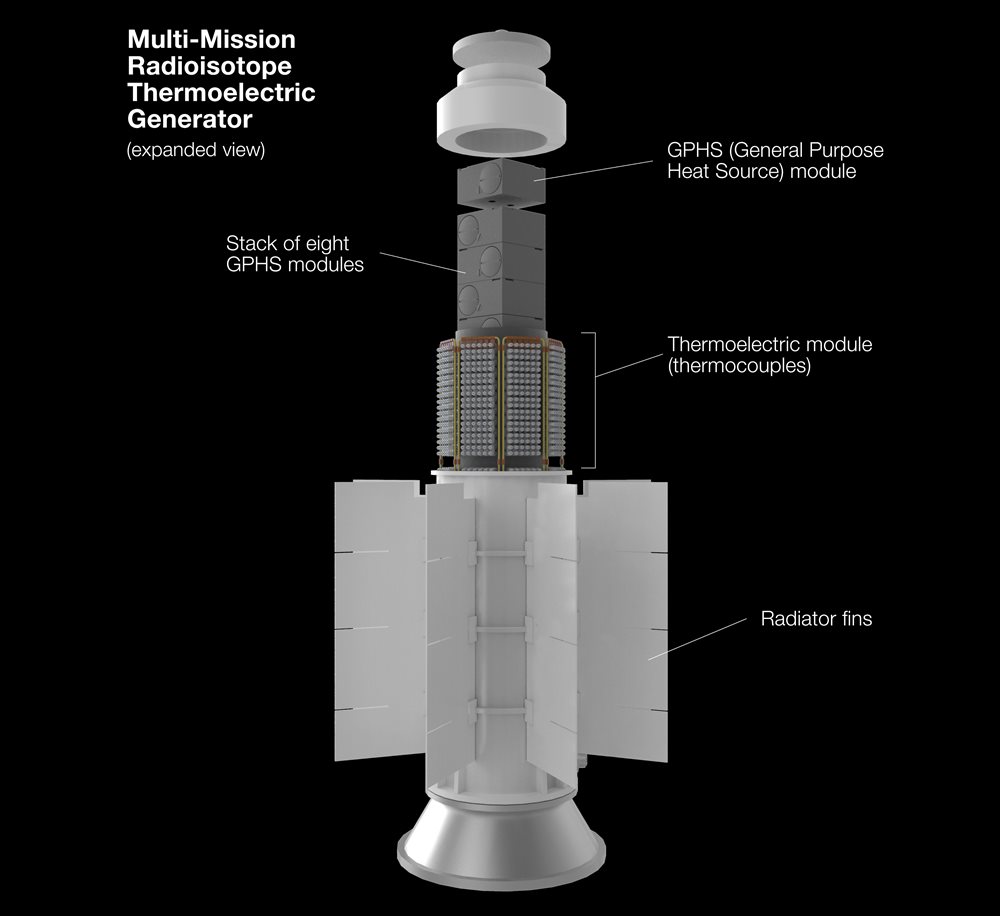NUCLEAR TECHNOLOGY IN SPACE MISSIONS
Types of Nuclear Power Systems(NPS) with application in Space missions
Radioisotopes Power Systems(RPS): They are type of nuclear energy technology that uses heat(produced by natural radioactive decay of plutonium-238) to produce ELECTRIC POWER for operating spacecraft systems and science instruments.
There are two types of radioisotope power systems:
- Radioisotopes Heater Units(RHU): Small devices that provide heat to keep a spacecraft's electronic instruments and mechanical systems operational in the cold temperatures of our solar system.
- Radioisotope Thermoelectric Generator (RTG): Flight-proven System that provide power and heat to spacecraft (see infographic). RTGs were first used in space during the Cold War in 1961 for the US's Transit-4A Mission.
Facts:- Nuclear Propulsion Systems: Nuclear power can be used for rocket propulsion system. NASA is currently working on development of Nuclear Thermal Propulsion (NTP) systems, which are powered by Nuclear Fission
NTP systems work by pumping a liquid propellant, most likely hydrogen, through a rector core. Uranium atoms split apart inside the core and releases heat through Fission
This physical process heats up the propellant and converts it to a gas, which is expanded through a nozzle to produce thrust.
NTP systems are not designed to produce the amount of thrust needed tp leave the Earth's surface. Instead, they will be launched into space by chemical rockets before they are turned on.

